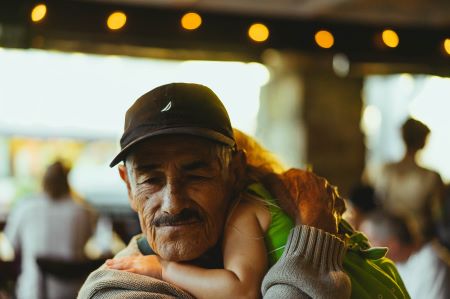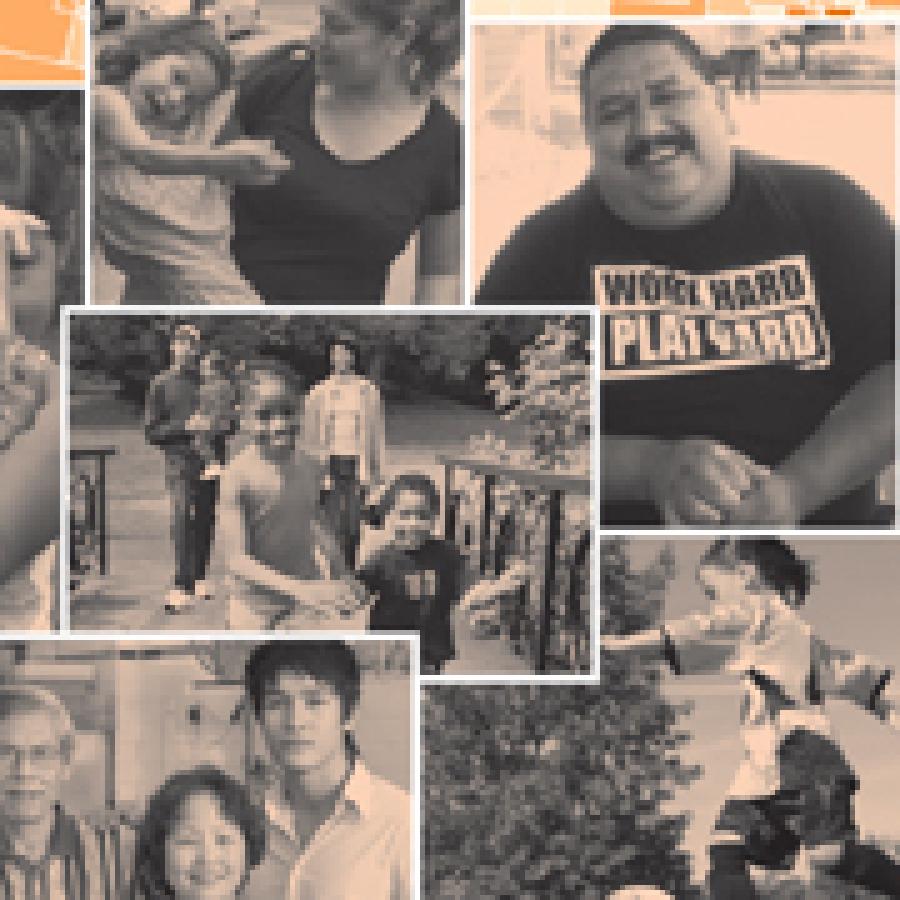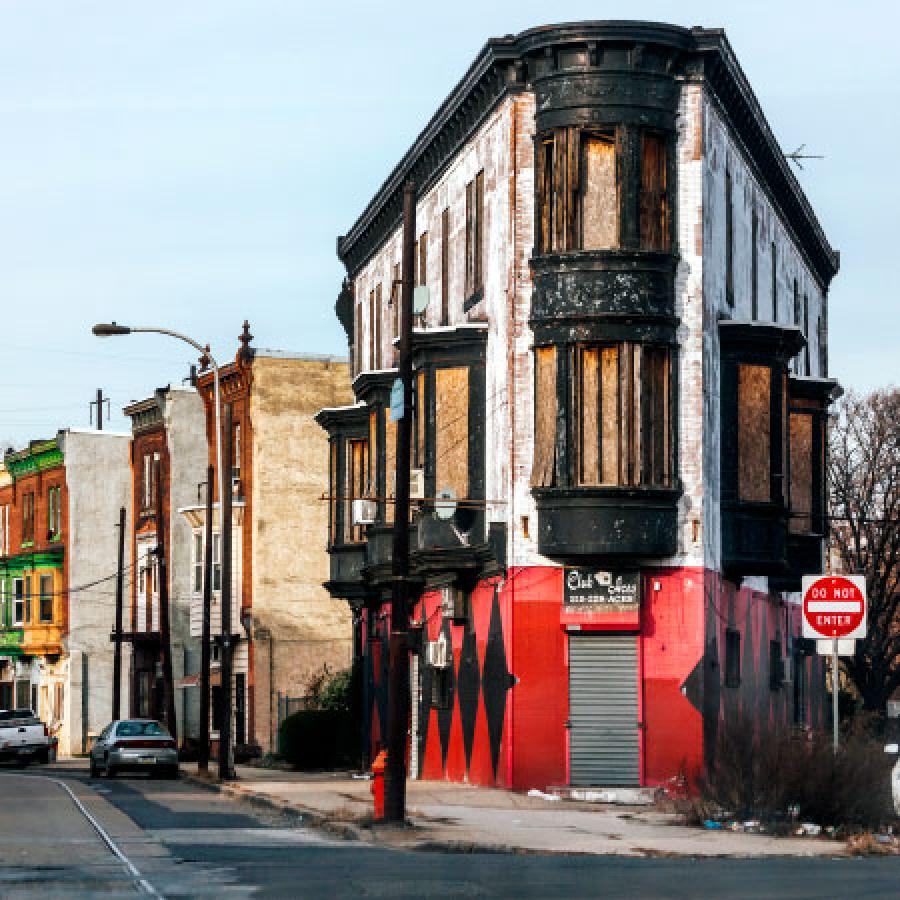Life expectancy: Your race should not determine your ability to live a long and healthy life.
Insights & Analyses
-
Although life expectancy has increased since 2005 for almost all racial and ethnic groups identified by the census, disparities persist: life expectancy for Asian or Pacific Islanders is about 10 years longer than that of Black people and Native Americans.
-
New Hampshire and Hawaii have the highest life expectancy for Black people while the District of Columbia has the lowest.
-
While Hawaii has the highest life expectancy for people overall, the state has the second-lowest life expectancy for Latinx residents at 77.2 years (compared to 83.8 years in West Virginia).
-
Life expectancy is highest for all residents in wealthier West coast regions, such as San Jose-Sunnyvale-Santa Clara compared to poorer, Southern regions such as Mobile, AL.
Drivers of Inequity
Life expectancy, a key indicator for health, reveals continued health disparities between racial groups. Black, Latinx, and Native Americans are more likely than White and Asian Americans to live in areas with concentrated poverty due to the United States' long history of racial segregation forged through historical practices such as racially exclusive housing covenants and zoning laws as well as ongoing ones such as discriminatory hiring and mortgage lending. Impoverished neighborhoods often have higher exposures to environmental toxins, are targeted by Big Sugar and Big Tobacco that promote unhealthy products, and lack quality health-care services. Because of these inequities, these groups often experience health complications at higher rates than their White and Asian American counterparts. Researchers have also found that people of color experience deterioration as they age at higher rates than White Americans due to the psychological impacts of marginalization.
Strategies
Grow an equitable economy: Policies that promote a long and healthy life for all
- Develop local, interagency partnerships and coalitions that identify and work with communities who experience worse health outcomes.
- Incorporate "health in all policies" to evaluate the impact of any policy on health equity and well-being.
- Create healthy built environments where residents can walk to school, buy groceries, and get to health care and jobs.
- Implement racial equity impact assessments to address the differences in life expectancy between racial groups.
- At a federal level, enact free healthcare for all regardless of citizenship status, pay off all outstanding medical debt, require employers to provide healthy and safe working conditions, and invest in climate-resilient water infrastructure to ensure access to affordable and clean water for all.
Strategy in Action
Kansas City fights racial inequities in life expectancy. The average life expectancy for Kansas City residents is 77 years, but it is only 69 years for residents living in zip codes with predominantly people of color and the city's residents have a 15.5-year gap between those living in the zip codes with the highest and lowest life expectancy. In response to this inequity, in 2019, Kansas City launched the Community Health Improvement Plan, which has allowed the Parks Department to offer a free, annual recreation pass to anyone who lives in one of the six zip codes with the lowest life expectancies. This new policy also offers recipients access to fitness classes, as well as a leadership training program. Learn more.
Photo: OC Gonzalez on Unsplash

Resources
Reports: Sub-County Life Expectancy: A Tool to Improve Community Health and Advance Health Equity; HealthEquityGuide.org; A Practitioner's Guide for Advancing Health Equity: Community Strategies for Preventing Chronic Disease
Data: 500 Cities Project: Local Data for Better Health; Mapping Life Expectancy; County Health Rankings and Roadmaps; KIDS COUNT; City Health Dashboard





